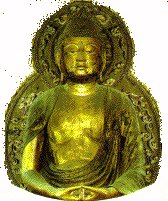***Ervin Davis, the creator and maintainer of this website, passed away April 22, 2007.
 |

 |
 |
 |
 |
 |

 |

MORE PICTURES
(CLICK ON BOX TO SEE PICTURE DESCRIBED)
| photo data | photo data |
| photo data | photo data |
| photo data | photo data |
| photo data | photo data |
| photo data | photo data |
| photo data | photo data |
| photo data | photo data |
| Photo data | Photo data |

 |
 |








 |



Please sign or view
NEW Guest Book also shared by my Udorn site.
The old Guest Book can still be viewed here.
NOTE : The oldest Guest Book shut down its service, so I lost Guest comments

